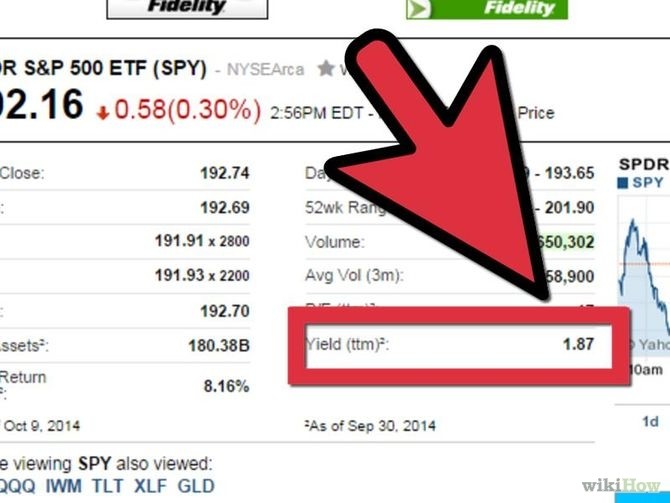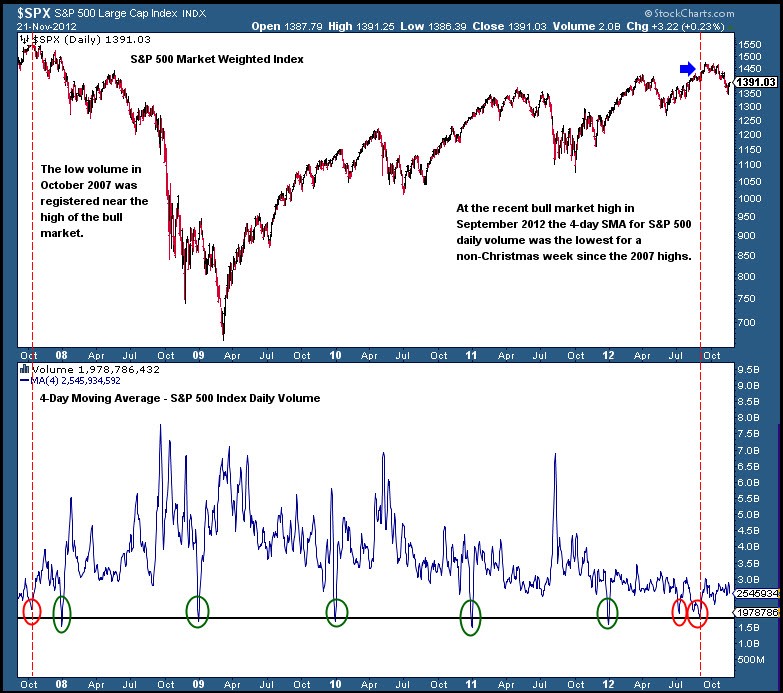Understanding and Reading Stock Market Volume
Post on: 14 Июнь, 2015 No Comment

Its curious that so little attention is given to the volume of shares that are being traded. After all, technical analysis is the study of market action, which includes price, volume, and open interest if trading in the futures or options markets. Certainly, price is the most important, but volume of trading can confirm or deny what we think the price is telling us. Volume is an indication of how meaningful a market movement is.
In fact volume is one of the most important indicators to a technician as it confirms price action in a chart and shows the number of shares or contracts traded over a given period of time.
Therefore the higher the volume, the more the assumed strength in the general direction a security is believed to have. For example, if a share price drops 10% after being in an uptrend and the volume is high compared to the average daily volume, then it is likely that the security has experienced a reversal leading to continuing weakness in the price action.
Investor sentiment can be clearly seen through price action and volume. If institutions or large investors are buying, volume is high on upward moves over specific time periods and price action will be positive (and vice-versa).
Large percentage increases based on large market volumes are also a good indication of market strength. In contrast, big percentage increases based on small volumes are less likely to indicate a market direction.
Volume on Individual Stocks
Volume is the number of shares or contracts traded on any day. Sometimes we can look at the weekly volumes, but generally volume doesnt tell us much over periods of a month or more, so is not used on that time scale. Usually your charting package will be able to plot volume as a series of vertical bars along the bottom of the chart.
The general guideline is that if the volume is increasing then the direction of any trend is reinforced. Large percentage price increase followed by a higher than average volume is a good indicator of future price movements. For example, in an uptrend, if the volume is increasing day after day then you can reasonably expect the uptrend to continue. Often volume will be less in a downtrend, when sometimes a stock price will seem to be falling as if by gravity, but a good and increasing volume in a downtrend is a strong indicator that the stock will continue to move downward. It shows that more market participants are joining in, and that the trend should continue.
On the other hand, you can take a low or reducing volume as a sign that there is indecision in the market, and there may be a change or hesitation in the trend coming. Thus, large percentage increases based on small volumes are less likely to indicate a market direction.
For example, in a normal uptrend you would expect to see strong volume while the price was increasing, but when you had the inevitable retracements you should see a decline in the volume traded. Anything else would give you a warning signal. When you think about it, both price and volume give you an insight into the pressures that are in the marketr.

As a specific example, consider the well known head-and-shoulders price pattern which signals a reversal of an uptrend. This pattern should not even be considered valid unless the volume action supports what it is telling us. The price pattern is a peak (the left shoulder), followed by a retracement, a higher peak (the head), and a third peak (the right shoulder) at a similar level to the first.
A novice trader might look for this shape, and place a trade to capture the reversal. They would find that this strategy did not have a very good success rate, and perhaps look for another way to trade. But when you look at the volume, you want to see that it supports this weakening of the trend. There should be less volume leading up to the head than the left shoulder, and the rise to the right shoulder is just a weak rally before the downtrend starts, then confirmed by the price dropping to below the previous lows. Looking for the volume makes this pattern a much higher percentage play.
Even more intriguing of all, however, is a higher than normal volume in a share followed by no tangible price movement in shares. This can indicate that something is happening behind the curtains, such as a news release or rumour, albeit the buying is not followed by market orders. Find out whats going on when accumulation of this sort is happening can be difficult, but sometimes generously rewarding!
Thin Volume
Volume is also an important indicator of value for extremely thinly traded shares. For instance, there will be a few investors whose overall holdings exceed the average daily volume of a share. In such cases, you simply cannot calculate your holdings value simply by multiplying the price x your shares. This is because you arent likely to get the present price if you try to sell your holdings all in one go. When your volume approaches the daily volume size, your own will more than likely move the stock price.
In any case, following volume as well as price is always useful.














